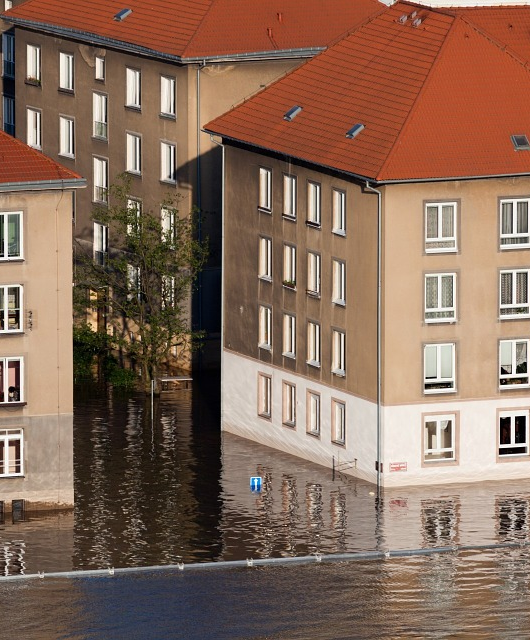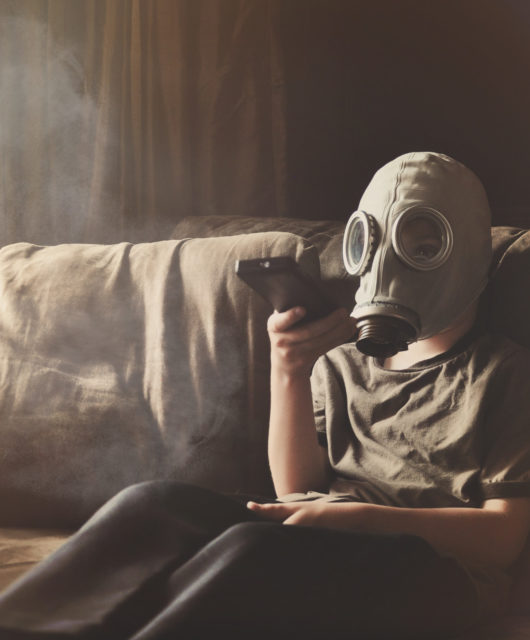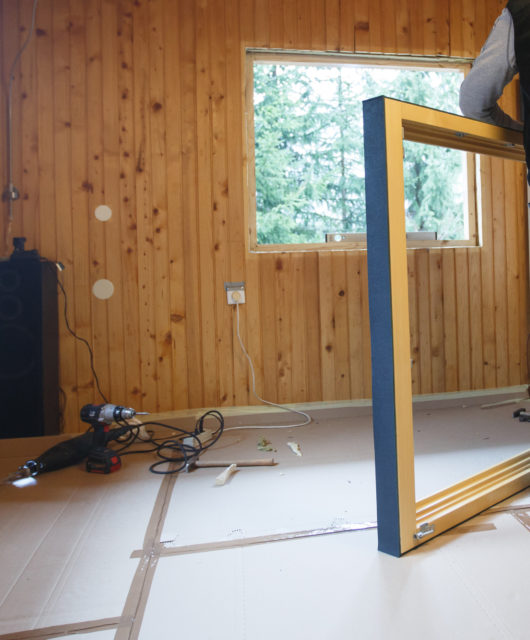Live In A Flood Zone? Be Sure To Stock These 5 Items
It’s no longer just coastal areas that are prone to flooding. Cities across the United States are experiencing flooding at higher rates than ever before because of climate change, as well as loss of wetlands and increased paving. That’s why more cities are emphasizing floodproofing efforts like elevating homes, but it also means that every household should have a flood prep kit. So what goes in your prep kit? These 5 key categories will help you build a foundation that you can then customize to meet your family’s needs.

Safeguarded Documents
There are several ways to approach developing an emergency supply kit, but one angle is to consider what you’d need if your entire home was washed away – like your emergency documentation. Get a waterproof container to store critical papers like birth certificates, insurance information, medical records, wills, and other legal documents so that you can grab them if you need to evacuate and so that they won’t be damaged. In the worst-case scenario, such as if someone is seriously injured or if your home is badly damaged, these documents will be important to have on hand.
The Bare Necessities
In addition to your emergency and legal documentation, all flood prep kits need to contain certain survival supplies, including three days of water and non-perishable food per person. Be careful when choosing your food that you ensure you’ll be able to prepare it. Items that need to be heated up aren’t ideal and you’ll want to make sure you have a can opener if you’re stocking canned items in your kit. It’s easy to look in your pantry and determine that you have three days of non-perishable goods, but if you can’t prepare those items, they won’t do you much good.
Emergency Lighting
Flooding often leads to lasting power outages, but trying to wield a flashlight while eating or stressing about candles in a wet house can add stress to an already difficult situation. Go hands – and flame – free by stocking your flood kit with flameless candles. These can provide better lighting than a flashlight and are safer and more convenient than conventional candles. Just make sure you have extra batteries, just like you would for your flashlight.
Manage Medications
For those with health issues, making sure to have an emergency supply of medication on hand can be a real challenge. Pharmacies can’t always want to provide extra doses of prescription medications and insurance typically won’t pay for it. That being said, do your best to save up a seven-day supply of vital medications, as well as other medical supplies like syringes, hearing aid batteries, and extra glasses or contacts. These items can be easily lost or damaged in a flood, so store them somewhere safe.
Prep Pet Products
If you have a pet, your flood kit needs to include supplies for them as well. Be sure to stock appropriate amounts of water and food for your pets, as well as any medications they may need, just as you would for humans in your family. You’ll also want to be sure you have extra cat litter or puppy pads, since your animal won’t be able to go outside, a crate or carrier for evacuations, and any comfort items your pet may need, such as favorite toys or a thundershirt. If at all possible, make sure your pets are wearing a collar with their contact information, and attach that information to their carriers as well. Animals can easily go missing if they get scared or during transport, so having extra safeguards is important.
You’ll always feel like you’re missing something when trying to navigate emergency circumstances, but what’s really important is that you have the necessities that will keep you alive and healthy. In the majority of cases, the worst will be over within a few days and you’ll be able to start rebuilding.









